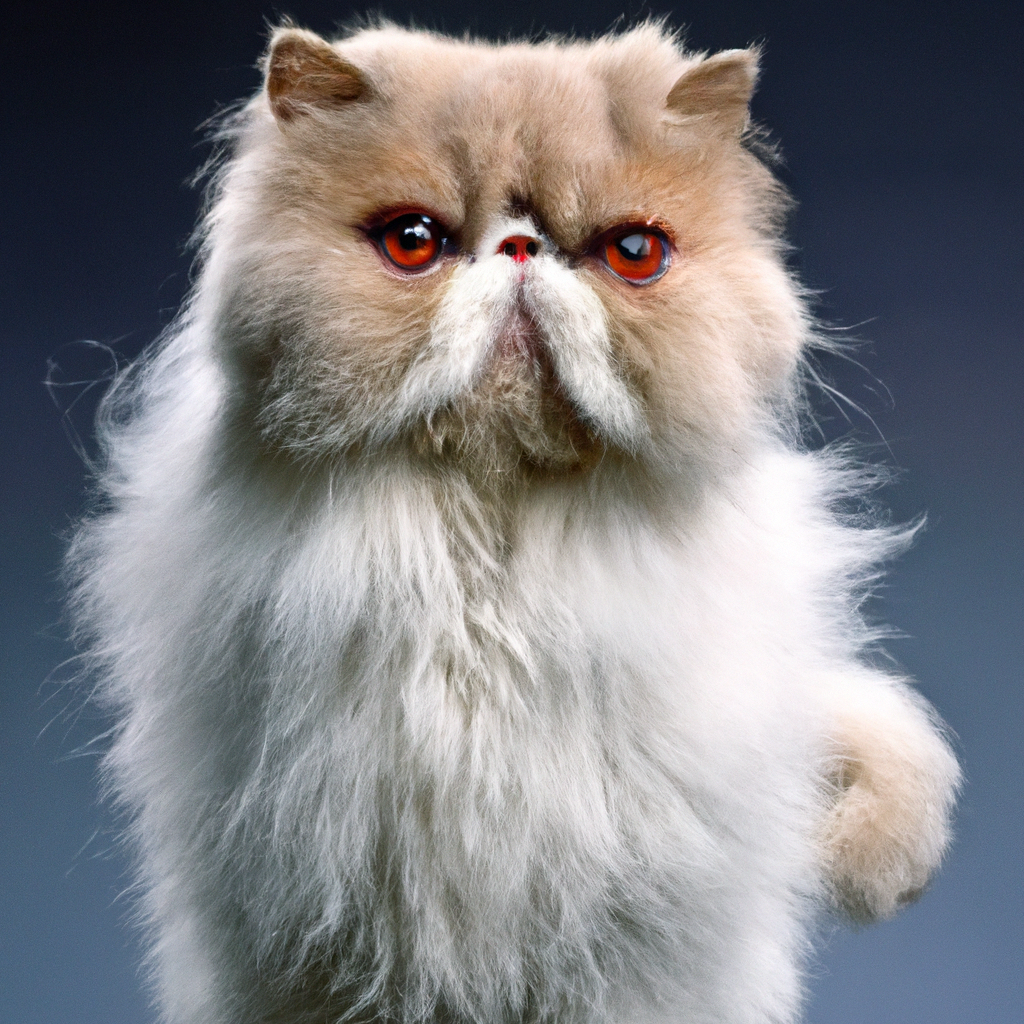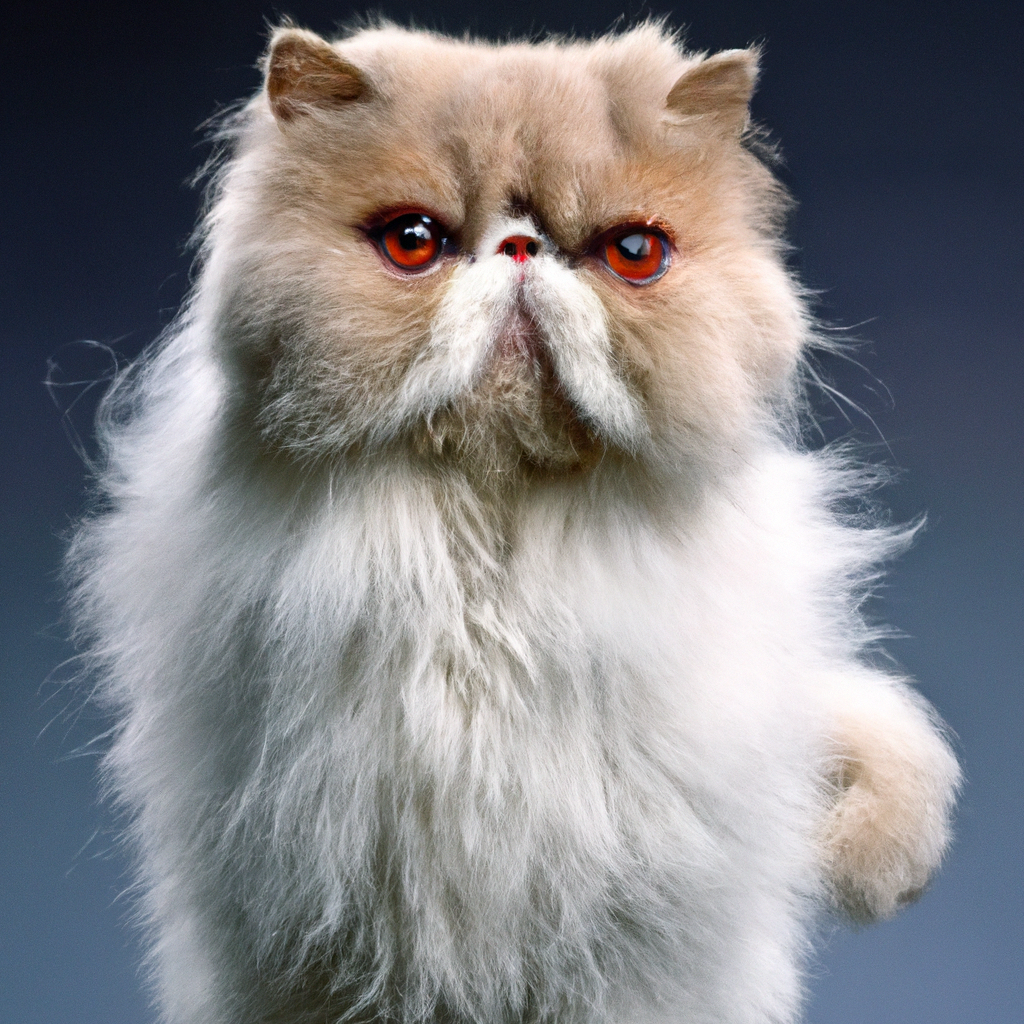You’ll be fascinated by the rich history of the Persian Cat, a breed known for its luxurious long coat and enchanting appearance. Originating in Persia (modern-day Iran), these feline beauties have a lineage that dates back centuries, with connections to royalty and aristocracy. As you delve into the captivating story behind this breed, you’ll discover intriguing tales of their travels across continents, their recognition in cat shows, and their enduring popularity as beloved pets. So sit back, relax, and prepare to be whisked away into the intriguing world of the Persian Cat.
Origins of the Persian Cat
Ancient Persia
The origins of the Persian cat can be traced back to ancient Persia, which is present-day Iran. These elegant felines were highly regarded in Persian society and were often kept by the nobility and royalty. Their presence in Persia can be dated as far back as the 1600s and they were considered a symbol of luxury and wealth.
Royal Beginnings
Persian cats were treasured by Persian royalty, and it was believed that their long, flowing coats symbolized their majestic status. These regal cats were often kept in palaces and enjoyed a life of luxury. They were even sometimes guarded by eunuchs to ensure their safety. Persian cats were held in high regard by the royal court and were even mentioned in ancient Persian literature.
Characteristics of the Persian Cat
Physical Appearance
One of the most striking features of the Persian cat is its unique appearance. With their round faces, small ears, and large, expressive eyes, Persian cats have a distinct charm that sets them apart from other cat breeds. They have a sturdy build with a short, thick neck and a fluffy, plumed tail. Persian cats also have a distinctive walk, which is often described as graceful and elegant.
Distinct Facial Features
The Persian cat’s face is known for its particular features. They have a short, broad nose with a pronounced break, which gives them a unique facial expression. Their eyes are large, round, and typically a vibrant shade of blue or green. Combined with their luxurious long fur, the Persian cat’s facial features create a sweet and endearing expression that many find irresistible.
Luxurious Coat
One of the most recognizable traits of the Persian cat is its long, luxurious coat. Their fur is abundant and silky, with a dense undercoat and long, flowing guard hairs. Persian cats come in a wide variety of colors and patterns, including solid colors, tabbies, and color-point patterns. However, maintaining their coat requires regular grooming to prevent matting and keep it looking its best.
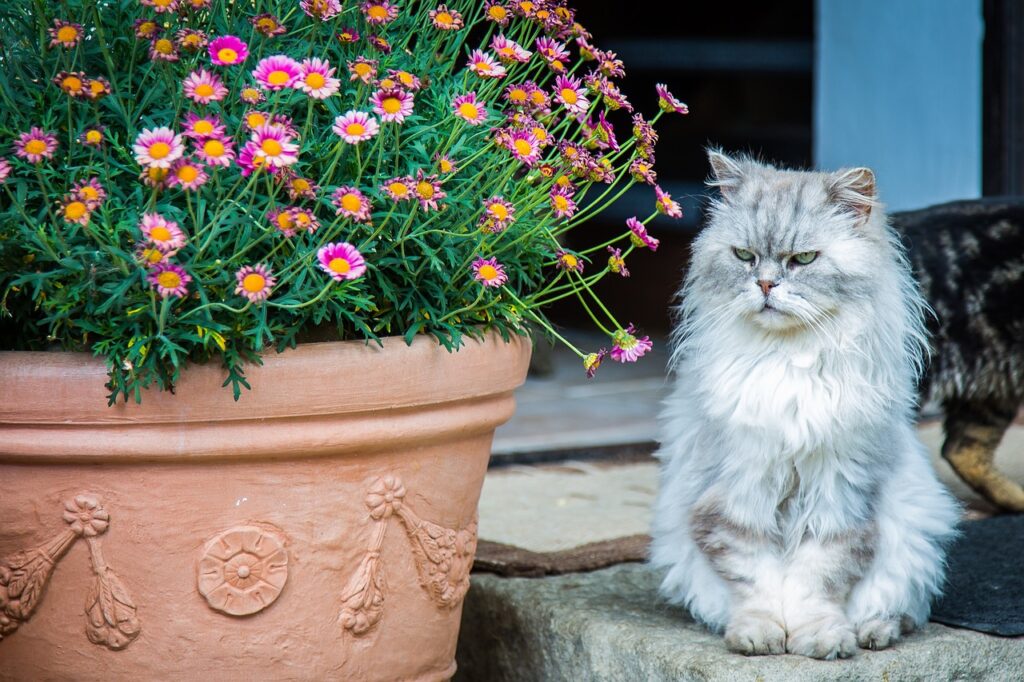
Popularity and Spread of the Persian Cat
Introduction to Europe
The Persian cat captured the attention of Europeans in the 17th century when they were introduced to the continent by Italian traders. Their unique appearance and serene temperament quickly won over European cat lovers, and the breed gained popularity among the nobility and upper classes. From there, the Persian cat began to spread throughout Europe, finding favor in countries like France, England, and Russia.
Recognition as a Pure Breed
In the late 19th century, the Persian cat was officially recognized as a distinct breed. Cat enthusiasts began to establish breeding programs to preserve and strengthen the breed’s characteristics. The Persian cat became highly sought after for its stunning appearance and calm, gentle demeanor. Breeders focused on maintaining the Persian’s signature features, such as its round face and luxurious coat, while also striving to enhance the breed’s overall health and well-being.
International Popularity
Today, the Persian cat is one of the most popular cat breeds worldwide. Its allure and beauty have captivated cat lovers around the globe. The breed’s popularity can be attributed to its distinctive appearance, serene temperament, and suitability as both a companion and show cat. Whether it’s in a loving home or the spotlight of a cat show, Persian cats continue to win the hearts of people everywhere.
Different Types of Persian Cats
Traditional Persian
The traditional Persian cat, also known as the doll-face Persian, is considered the original type of Persian cat. These cats have a more moderate facial structure compared to the extreme flat-faced Persian cats seen in modern breeding. The traditional Persian has a longer nose and less exaggerated features, while still maintaining the breed’s iconic long, luxurious coat.
Exotic Shorthair
The Exotic Shorthair is a variant of the Persian cat breed that was developed by crossing Persians with shorthaired cats such as the American Shorthair. This breed still maintains the Persian’s round face and dense coat, but with shorter hair, making grooming requirements more manageable. The Exotic Shorthair has gained popularity for its similar appearance to the Persian while having a lower maintenance coat.
Himalayan
The Himalayan cat is a cross between the Persian and the Siamese breeds, resulting in a striking combination of both breeds’ distinct features. These cats have the Persian’s long, flowing coat and round face, combined with the Siamese’s color-point pattern and vivid blue eyes. Himalayans are known for their affectionate nature and playful personalities, making them a popular choice for cat enthusiasts.
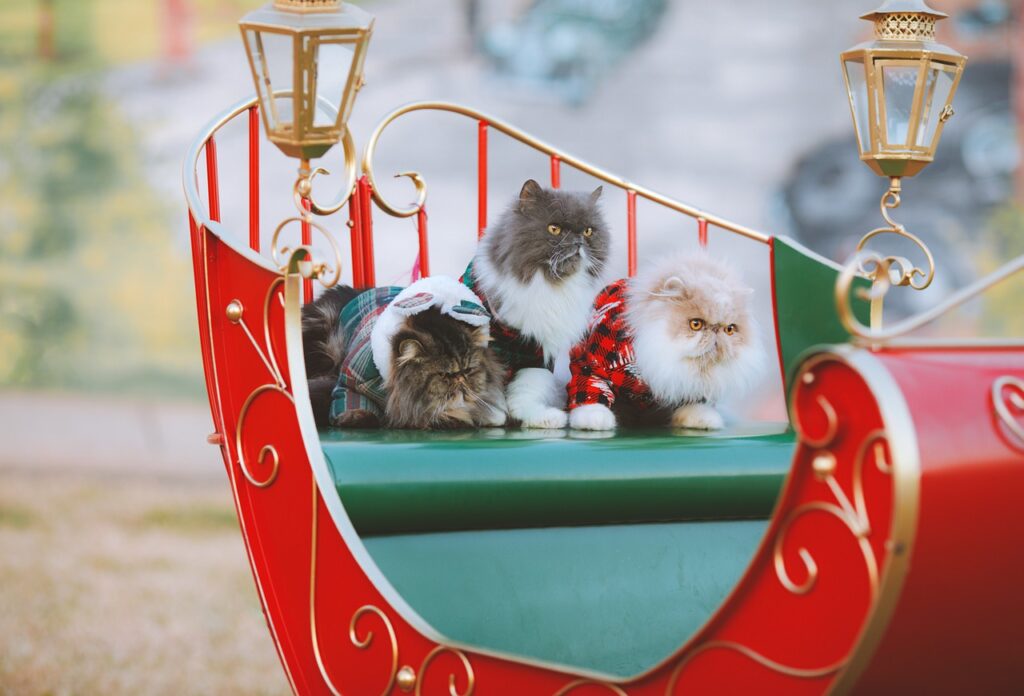
The Persian Cat in Art and Literature
Persian Cats in Ancient Art
Persian cats have long been a source of inspiration for artists throughout history. Their graceful appearance and regal presence have made them a popular subject in ancient Persian art. Paintings, manuscripts, pottery, and tapestries often depicted Persian cats within lavish settings, alongside royalty or in peaceful domestic scenes. These artistic representations served to highlight the Persian cat’s significance in Persian culture.
Persians in Literature and Poetry
The captivating allure of Persian cats has also found its way into literature and poetry. Throughout the centuries, many authors and poets have referenced or included Persian cats in their works, often associating them with elegance, beauty, and mystery. Persian cats have been a symbol of refinement and sophistication in various literary works, adding a touch of enchantment to the stories they inhabit.
Breeding and Caring for Persian Cats
Selective Breeding
Breeding Persian cats requires careful attention and a commitment to preserving the breed’s distinct characteristics. Responsible breeders focus on selecting cats with desirable traits, such as a round face, small ears, and the desired coat color and length. They also prioritize the health and well-being of the cats by screening for genetic diseases and maintaining proper socialization and care.
Health Concerns
Persian cats are prone to certain health issues, partly due to their facial structure and long coat. Their short, broad nose can sometimes lead to respiratory problems and difficulty breathing. Additionally, their luxurious coat requires regular grooming to prevent matting, skin issues, and hygiene problems. Routine veterinary care, a healthy diet, and proper grooming are essential for maintaining the overall health and well-being of Persian cats.
Grooming Needs
The Persian cat’s long, dense coat requires consistent grooming to prevent tangles and matting. Regular brushing helps to remove loose hair, prevent hairballs, and keep the coat looking its best. Bathing may also be necessary to keep the fur clean and free from dirt and oils. Regular nail trimming, ear cleaning, and teeth brushing should also be incorporated into their grooming routine. Establishing a grooming routine early on helps Persian cats become comfortable with the process and ensures their coat remains healthy and beautiful.
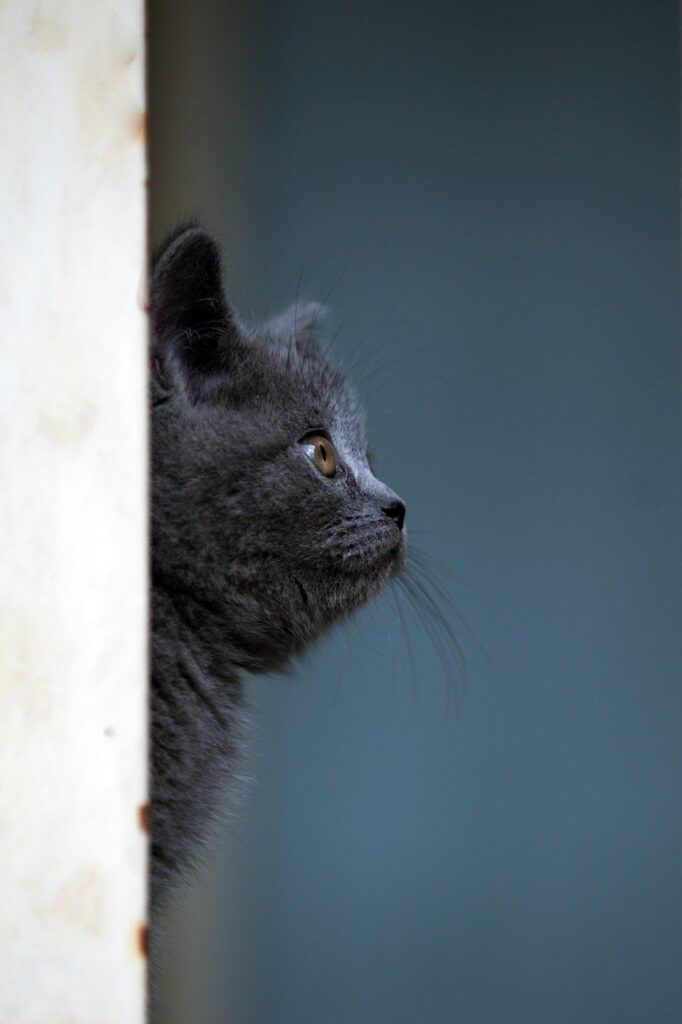
Famous Persian Cats
Mr. Peebles
Mr. Peebles gained international fame in 2016 when he was recognized as the world’s smallest living cat by the Guinness World Records. This adorable Persian cat stands just 6.1 inches tall and weighs only 3 pounds. Despite his small stature, Mr. Peebles captured the hearts of people worldwide with his big personality and undeniable cuteness.
Choupette
Choupette, the beloved pet of fashion designer Karl Lagerfeld, became a celebrity in her own right. This glamorous Persian cat lived a life of luxury, with a devoted team of personal maids, a personal chef, and even her own book. With her striking blue eyes and stunning appearance, Choupette exemplifies the grace and elegance of the Persian breed.
Tombili
Tombili, a beloved street cat from Istanbul, gained worldwide recognition for her laid-back and carefree attitude. A photograph of her lounging on a sidewalk went viral and became an internet sensation. Known for her distinctive round face and fluffy fur, Tombili captured the hearts of people worldwide and continues to be celebrated as an iconic feline figure.
Celebrity Persian Cat Owners
Florence Nightingale
Known for her pioneering work in nursing during the Crimean War, Florence Nightingale was also an adoring owner of Persian cats. She kept a Persian cat named Mr. Bismarck, who provided her companionship during her work and travels. Nightingale’s fondness for Persian cats highlighted the breed’s gentle nature and ability to bring comfort to their owners.
Marilyn Monroe
The famous Hollywood icon Marilyn Monroe was a proud owner of a Persian cat named Mitsou. She often posed alongside her beloved feline companion, capturing their bond in photographs. Monroe’s affection for her Persian cat demonstrated the breed’s appeal and their ability to form deep connections with their human companions.
Taylor Swift
Taylor Swift, the renowned singer-songwriter, is known for her love of cats and is the proud owner of several Persian cats. She even named one of her cats Olivia Benson, after a character from the TV show Law & Order: SVU. Swift’s devotion to her Persian cats showcases the breed’s irresistible charm and their capacity to bring joy to their owners’ lives.
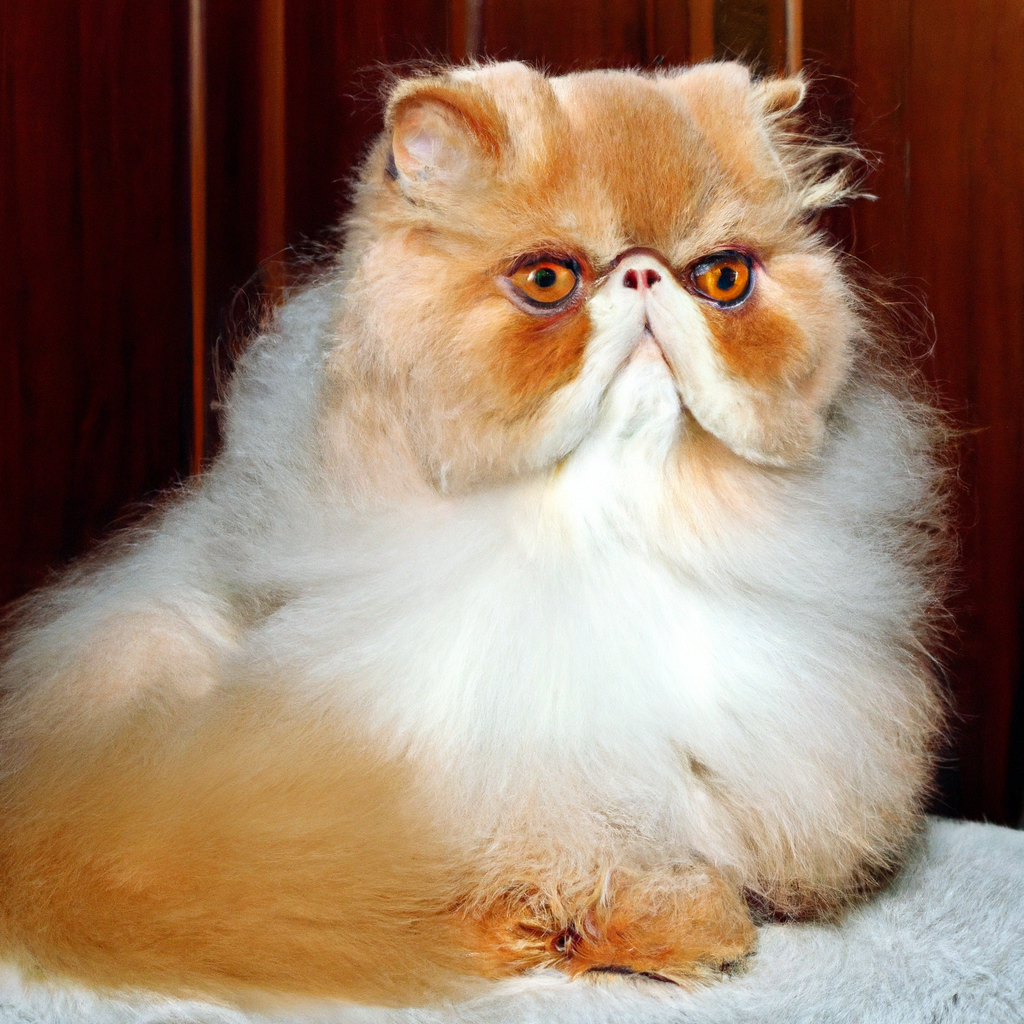
Persian Cats in Pop Culture
Movies
Persian cats have made appearances in various movies, both animated and live-action. These films often portray Persian cats as elegant and sophisticated characters, embodying the breed’s regal nature. From the white Persian cat in Disney’s animated film “The Aristocats” to the iconic portrayal of Mr. Tinkles in “Cats & Dogs,” Persian cats have left their mark on the silver screen.
Television Shows
Persian cats have also made their way onto television screens, capturing the hearts of viewers. They are often depicted as pampered and glamorous pets, typically seen in the homes of wealthy characters or in shows centered around the lives of cats. Their luxurious appearance and serene demeanor make them perfect for creating delightful moments in television programs.
Internet Fame
The internet has played a significant role in showcasing the charm of Persian cats. From viral videos of cute Persian kittens playing to popular social media accounts dedicated to documenting the daily lives of these felines, Persian cats have become online sensations. Their captivating beauty and unique personalities have captured the attention and adoration of millions of internet users worldwide.
The Future of the Persian Cat
Conservation Efforts
As the demand for Persian cats continues to grow, conservation efforts play a crucial role in preserving the breed’s characteristics and ensuring their long-term well-being. Responsible breeders focus on maintaining genetic diversity and addressing health concerns within the breed. Conservation organizations work towards educating the public about the importance of ethical breeding practices and responsible pet ownership.
Crossbreeding and New Varieties
As the popularity of Persian cats continues to rise, crossbreeding with other cat breeds has become more common. Breeders are introducing new variations of Persian cats, such as the Peke-Faced Persian, which has an even more pronounced flat face. These new varieties aim to cater to different preferences while still maintaining the Persian cat’s distinct traits.
Continued Popularity
It is expected that the popularity of the Persian cat will continue to endure. Their exceptional beauty, calm demeanor, and regal presence make them a desirable companion for many cat lovers. As more people discover the appeal of Persian cats, their legacy is set to continue, ensuring that these magnificent felines remain a beloved breed for years to come.
